Results
-
£89.99
Band Fever (Concert Band - Score and Parts)
Modern wind music in the style of the great Big Bands was the model for the composition Band Fever by Otto M. Schwarz. It was written on commission of the prestigious South Tyrolese concert band, Symphonic Winds. The piece features two soloists, one saxophone and one flugel. Rhythms like Hip Hop Style and Double Samba support a catchy melody, which is later taken up by the full band, forming the basis for the above-mentioned soloists' improvisations. A unique work in the world of wind music, Band Fever allows both soloists and conductor to display individuality and creativity. It is especially suitable as an opener of the light part of a concert, or as a feature number for special soloists in the orchestra. 04:30
Estimated dispatch 7-14 working days
-
 £43.56
£43.56Excitation (Concert Band - Score and Parts)
The march is historically the cornerstone of the concert band repertoire. The introduction of the march style is a key ingredient in teaching music through the concert band. Noted composer Rob Grice give us "Excitation March" written specifically for the beginning band and playable near the end of the first year of study. Suitable for concert and festival performance, this is a wonderful teaching tool for beginning bands everywhere.
Estimated dispatch 7-14 working days
-
 £47.52
£47.52I Bought Me A Band (Concert Band - Score and Parts)
Bring the popular children's song "I Bought Me A Cat" to life at your next concert. This light-hearted setting for concert band is a whimsical and fun novelty selection. Travis Weller's unique arrangement is a wonderful way to feature each section while reinforcing listening skills throughout the ensemble. Perfect for recruiting performances at the elementary school, "I Bought Me A Band" adds just the right amount of fun to any concert program!
Estimated dispatch 7-14 working days
-
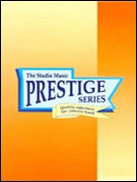 £184.95
£184.95PARTITA for Concert Band (Darrol Barry) (Prestige Concert Band - Score and Parts) - Barry, Darrol
This work is cast in four movements: Introit; Impromptu; Elegy (31.12.04); Finale. Grade 5. (Recorded on QPRM150D, CHIVALRY, Royal Northern College of Music Wind Orchestra) PARTITA FOR CONCERT BAND is cast in four movements: Introit - begins majestically with brass, saxes and percussion carrying the main theme from which most of the following ideas originate. It is repeated by the woodwinds and moves via a solo side drum into the piu mosso. New ideas are introduced by trombones, the horns and euphoniums leading to the central idea played by oboe. This leads, in turn, via full band to the closing movement. 2. Impromptu -once again the opening theme is the basis of the whole movement, using most of the composer's tricks, augmentation, retrograde, inversion and fugato, it moves along in a very confident style. A muted solo trumpet links into the third movement. Elegy (26/12/04) - this movement was prompted by the devastating events of Boxing Day 2004, the Asian Tsunami. The movement opens bleakly until a solo flute gives us the main theme over a troubled accompaniment. The opening mood returns but timpani and tam-tam herald return of the main theme for the full band. The opening theme is heard again as the music subsides but never settles. Finale - this spirited 6/8 vivo opens up with percussion and horns and trumpets announce the main idea, punctuated with short chords from the lower band. A new four bar theme is heard over a bass tread, the theme overlaps itself and quavers swirl up and down the band. Material from the first movement is heard transformed by the energy of the finale and the music surges towards a sudden close. Performance time: 15:35
Estimated dispatch 7-14 working days
-
 £44.95
£44.95PARTITA for Concert Band (Darrol Barry) (Prestige Concert Band - Score only) - Barry, Darrol
This work is cast in four movements: Introit; Impromptu; Elegy (31.12.04); Finale. Grade 5. (Recorded on QPRM150D, CHIVALRY, Royal Northern College of Music Wind Orchestra) PARTITA FOR CONCERT BAND is cast in four movements: Introit - begins majestically with brass, saxes and percussion carrying the main theme from which most of the following ideas originate. It is repeated by the woodwinds and moves via a solo side drum into the piu mosso. New ideas are introduced by trombones, the horns and euphoniums leading to the central idea played by oboe. This leads, in turn, via full band to the closing movement. 2. Impromptu -once again the opening theme is the basis of the whole movement, using most of the composer's tricks, augmentation, retrograde, inversion and fugato, it moves along in a very confident style. A muted solo trumpet links into the third movement. Elegy (26/12/04) - this movement was prompted by the devastating events of Boxing Day 2004, the Asian Tsunami. The movement opens bleakly until a solo flute gives us the main theme over a troubled accompaniment. The opening mood returns but timpani and tam-tam herald return of the main theme for the full band. The opening theme is heard again as the music subsides but never settles. Finale - this spirited 6/8 vivo opens up with percussion and horns and trumpets announce the main idea, punctuated with short chords from the lower band. A new four bar theme is heard over a bass tread, the theme overlaps itself and quavers swirl up and down the band. Material from the first movement is heard transformed by the energy of the finale and the music surges towards a sudden close. Performance time: 15:35
Estimated dispatch 7-14 working days
-
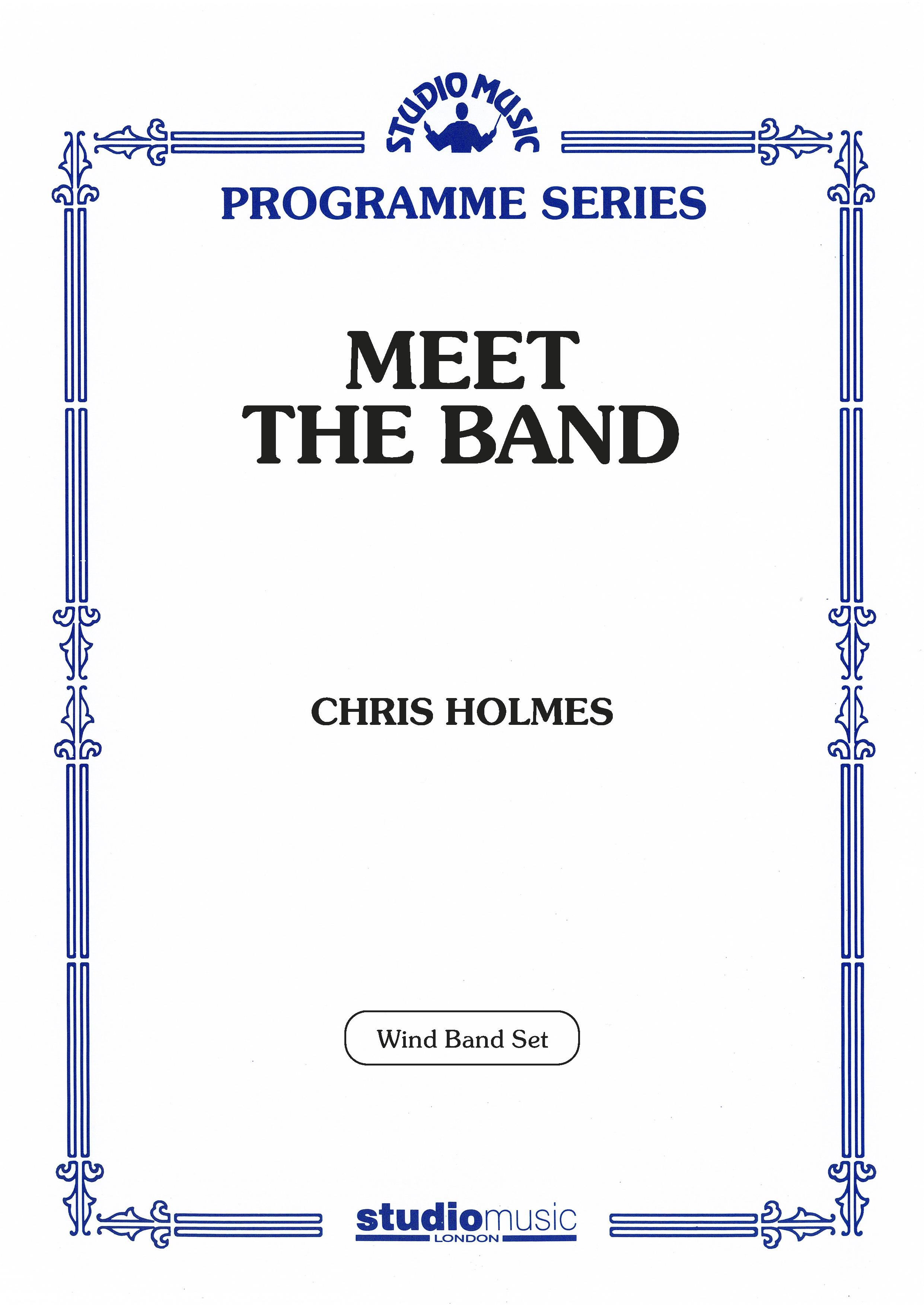 £17.95
£17.95Meet the Band (Concert Band - Score only) - Holmes, Chris
Meet the Band was composed in August 2023 and is written to showcase and contrast, in varying styles, the sound and textures of the different instrument groups in a Concert Band.It was first performed in April 2024 by Salisbury Concert Band, conducted by the composer.Includes:The High WoodwindsThe Low Woodwinds and SaxophonesHorns, Trumpets and Tenor TrombonesLow Brass and Percussion (and Finale)
Estimated dispatch 7-14 working days
-
 £87.95
£87.95Meet the Band (Concert Band - Score and Parts) - Holmes, Chris
Meet the Band was composed in August 2023 and is written to showcase and contrast, in varying styles, the sound and textures of the different instrument groups in a Concert Band.It was first performed in April 2024 by Salisbury Concert Band, conducted by the composer.Includes:The High WoodwindsThe Low Woodwinds and SaxophonesHorns, Trumpets and Tenor TrombonesLow Brass and Percussion (and Finale)
Estimated dispatch 7-14 working days
-
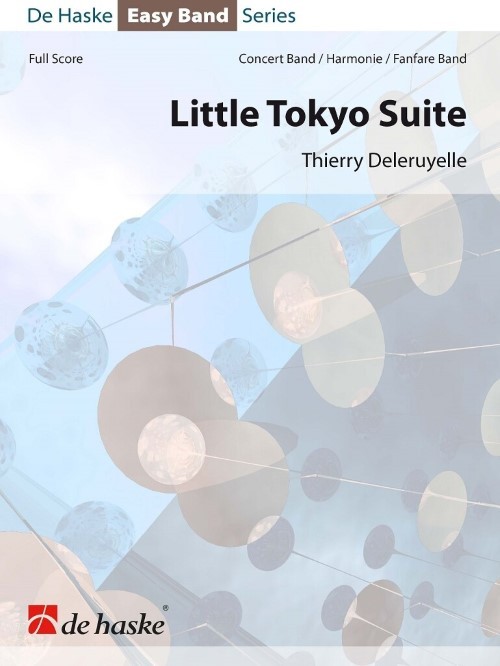 £79.99
£79.99Little Tokyo Suite (Concert Band - Score and Parts) - Deleruyelle, Thierry
Little Tokyo Suite is a work in three movements for wind ensemble, with a flexible 10-part orchestration suitable for concert band or fanfare band. It portrays the "Japantowns" established by Japanese emigrants around the world. They are often called "Little Tokyo", in reference to the capital of Japan. The three movements each focus on a region with such a Japanese community. This suite is dedicated to the concert band of the conservatory of the 12th arrondissement of Paris, whose conductor is a lover of Japanese culture, and to Mochizuki Junior High School, Saku City (Nagano, Japan).Duration: 7.15
Estimated dispatch 7-14 working days
-
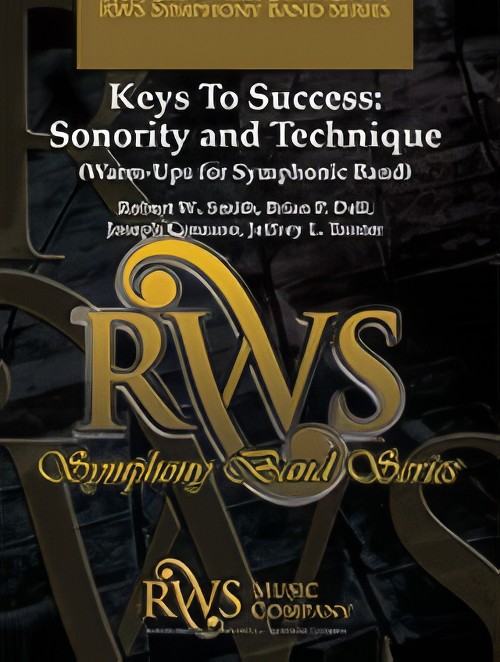 £150.00
£150.00Keys To Success: Sonority and Technique (Concert Band - Score and Parts)
A significant addition to your concert band folders, "Keys To Success" is a daily approach to developing stellar sonority and technique with your ensemble. Combining traditional long tone and technique exercises/studies with original chorales, this is a rich resource that has been proven in the classroom over many years. Detailed teaching notes to the conductor are included providing invaluable information beyond most band technique books. Directors are encouraged to listen to the publisher-provided demonstration recording featuring a high school band who has used Keys To Success for years in the development of their ensembles from grades 9-12. A cost effective and teaching-focused resource for all concert bands! Duration: 15.30
Estimated dispatch 7-14 working days
-
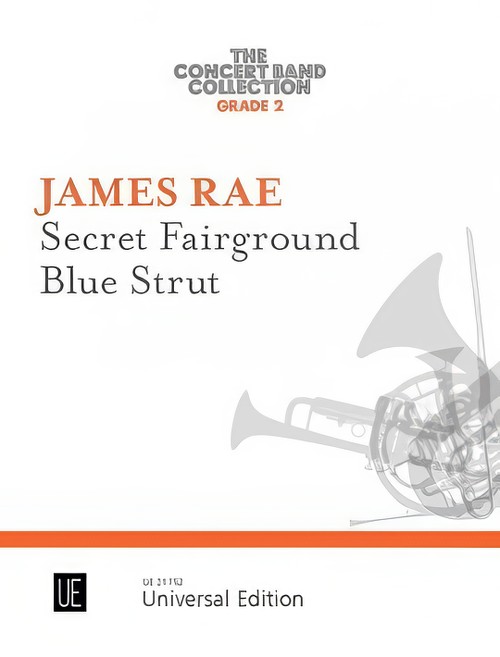 £46.50
£46.50Secret Fairground & Blue Strut (Concert Band - Score and Parts) - Rae, James
James Rae is the man who put fun into woodwind and brass teaching. His many compositions, especially in the jazz and blues idioms, have often featured on examination syllabuses. Recent years have seen his publications of easy flexible ensembles for younger players and now he turns his attention to the wind band. In this series "The Concert Band Collection", he has written exciting new pieces for the standard concert band line up. Attention is given to each instrument so that the technical and musical requirements do not exceed UK Grade 2.5. An optional piano part will provide "stuffing" and moral support for the young players who will quickly enjoy James' catchy and imaginative music. Each volume contains two titles. This one includes the haunting and nostalgic waltz "Secret Fairground" and a dynamic masterpiece called "Blue Strut".
Estimated dispatch 7-14 working days
